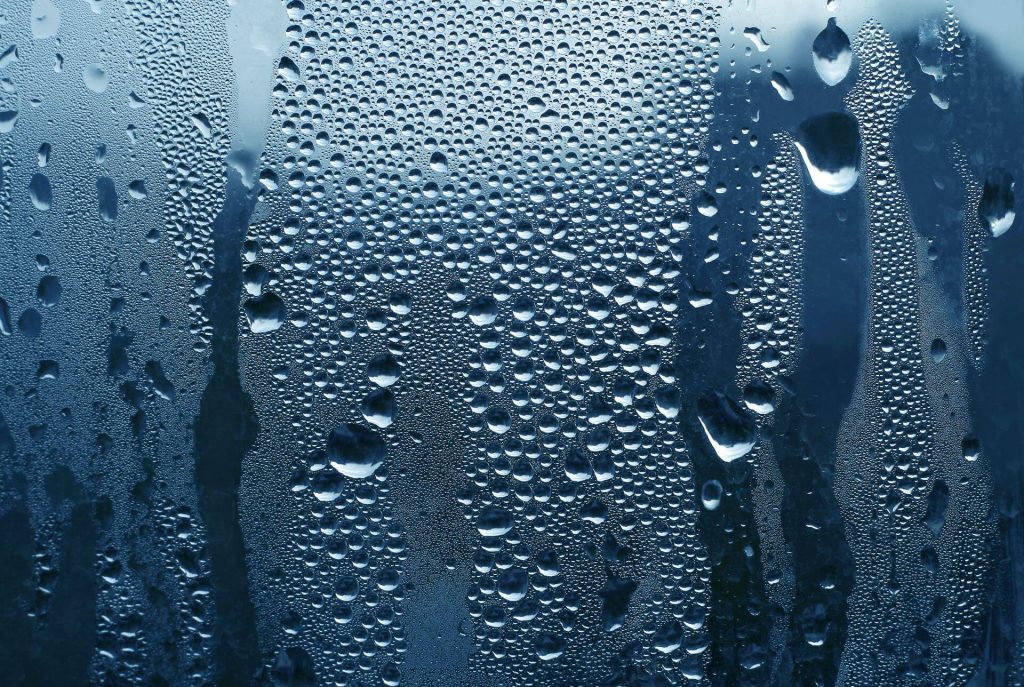Usually, window condensation occurs as a result of the collision of warm air with cold surfaces. Sometimes, it can be a result of too much humidity in a home. Homes that use central heating systems experience this much in the winter season between the morning and evening hours.
When warm moist air deposits itself on a surface with a lesser temperature, the moist air tends to become as cool as the air at the surface, thereby causing the formation of condensation. In most cases, this comes with mold. Also, when moist air comes in contact with a windowpane seal, or say the cold impermeable surface of your windows, it leaves some moisture in the form of water droplets on the glass surface.
When your glass becomes cold in the morning or evening, especially in winter, airborne particles collide with its surface and turns into water droplets – that explain condensation. Condensation is the result of a combination of warm moist air coming in contact with a cold surface, which turns into water droplets at dew point temperature.
Now that you know what condensation is, let’s see how you can tackle it.
Tackling Window Condensation
There are several ways to tackle window condensation, including:Home Heating and Insulation Systems
Your central heating system plays an important role in stopping water condensation – since there’s a temperature regulation (increase or decrease). Simple acts like keeping your heating on a constant low heat and slightly increasing in between works well for clearing damp. A logic that works is since condensation is a result of cold spots on walls or ceilings, increasing the temperature will stop its formation. Keeping your kitchen door when cooking helps too as it increases the temperature and keeps condensation off kitchen windows. It reduces the moisture present in cooler hours of the day. It’s also important to note that newer homes can improve condensation rates, especially during winter. This is because they tend to be well insulated and tightly built than older homes. While this is good, it increases the humidity and moisture level in newer homes. An example is the modern double-pane windows. Having a hygrometer helps you monitor indoor relative humidity, and ultimately, it becomes easy to track condensation problems.Improve Ventilation
This is the cheapest method of tackling window condensation. Yes, better ventilation can help fix a condensation problem. This practice may include building air bricks, installing air vents, and adding window vents. However, consulting a specialist to help you choose what works best is key. Some other practices include installing extractor fans and installing a dehumidifier to help draw moisture out of the air directly. If you spread wet clothes indoors, having a dehumidifier will come in handy.DIY Condensation Cleaning
This may include:- Buying better-insulated windows
- Moving your houseplants
- Using your fans when you’re showering
- Air-drying clothes outdoors, instead of indoors
- Installing a heat recovery ventilator (HRV)






